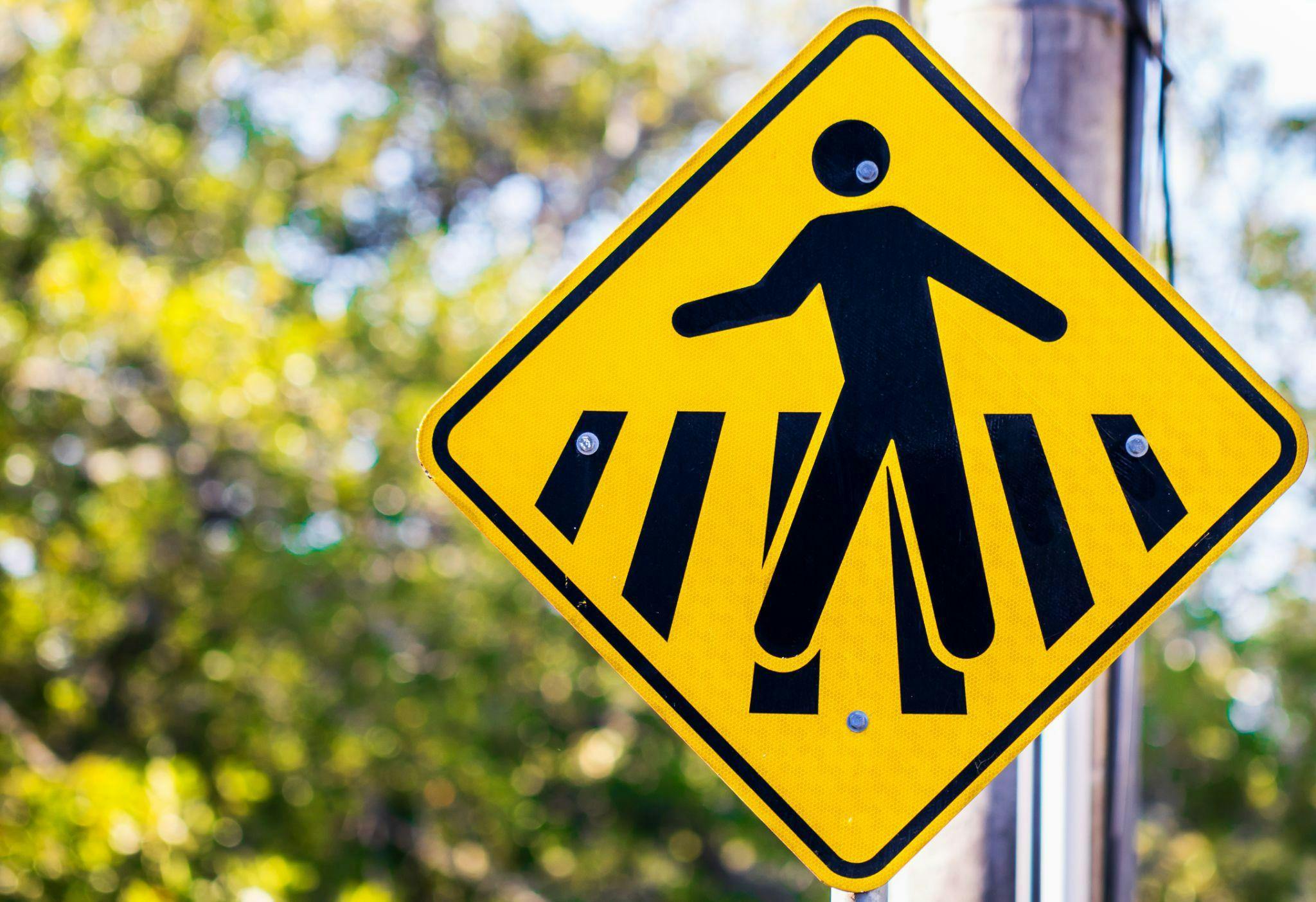Assumption of Risk: Who is Responsible for What is Inherently Dangerous?
Personal injury attorneys Cory Whalen and Marcia Miller weigh in on the assumption of risk laws and applications.
In early June 2015, a 44 year old woman sitting in the stands at Fenway Park, the legendary home stadium of Major League Baseball’s Boston Red Sox, was seriously injured by shards from a broken bat flying at her from home plate. Because of what is commonly known as “the baseball rule," major league ballparks have protective netting behind home plate. The netting at Fenway, like most ballparks, does not extend all the way to the bases. The injured spectator in Boston was sitting on the third base side in the second row of seats, beyond the netting. Though she was injured, she likely does not have a cause of action against the Red Sox organization because she assumed the risk.
Minnesota recognizes two types of assumption of risk – primary and secondary. Primary assumption of risk is a limited doctrine typically applied in cases involving inherently dangerous sporting events. The baseball rule and its accompanying tort immunity is an application of the primary assumption of risk doctrine.
Primary assumption of risk applies when a party voluntarily enters a relationship in which the party assumes well-known and incidental risks. "The application of primary assumption of risk requires that a person who voluntarily takes the risk (1) knows the risk, (2) appreciates the risk, and (3) has a chance to avoid the risk." The elements of secondary assumption of risk are the same, however secondary assumption of risk falls within the principles of comparative fault in contrast to primary assumption of risk’s route to total immunity.
The first step in considering the primary assumption of risk doctrine is determining whether the defendant owed a duty to the plaintiff. A duty is defined as “a legal obligation that is owed or due to another and that needs to be satisfied.” Duty is almost always a legal issue for the court to determine, particularly "when reasonable people can draw only one conclusion from undisputed facts." If there is no duty owed to the plaintiff, then primary assumption of risk should not apply. If primary assumption of risk does not apply, any question of assumption of risk would be one of secondary assumption of risk and its application of comparative fault principles.
Because primary assumption of risk is a limited doctrine, it stands to reason that there are a limited number of cases in which primary assumption of risk applies. That being said, Minnesota case law exists that puts an unfortunate emphasis on the presence of outlier issues that could make primary assumption of risk a question for the jury. This is a point of confusion and an area of argument in trial situations.
Minnesota’s Jury Instruction Guides state “the Committee recommends no instruction” for primary assumption of risk. The JIG “Use Note,” however, offers a suggestion for jury instructions “in the narrow range of cases involving inherently dangerous sporting events” that reads “[a] person who is involved in (name of activity) assumes the risk inherent in that activity. You must decide whether (plaintiff’s) (injury) (accident) arose out of one of those inherent risks.”
Therefore, a jury should only be presented with an instruction on primary assumption of risk if there are questions as to whether the activity was inherently dangerous or whether the injury arose out of an inherent risk. The only arguable additions to this list would be related to maintenance issues and also an expansion of the risk.
Even in these limited applications, though, the doctrine of primary assumption of risk duplicates other limiting tort doctrines. As Professor Steenson wrote in 2003, “if obviousness of a particular risk of injury is part of the duty analysis, yet a court finds that the defendant owes the plaintiff a duty, notwithstanding the obviousness of the danger, consideration of primary assumption of risk as a further limiting doctrine provides the defendant with a second opportunity to totally bar the plaintiff’s claim.”
This leads us to the crux of the question, and of this article. In weighing a maximization of business profits and spectator excitement against a minimization of business liability and spectator risk, we trial lawyers must ask the question, “Who is responsible for what is inherently dangerous?” Human involvement shouldn’t expand primary assumption of risk past the underlying acknowledgment of what the risk actually is. This, though, is what our esteemed colleagues across the aisle would like to do with any assumption of risk scenario. They will continue to say “If you assume the risk, it does not matter how the risk manifests itself due to any human involvement; the purveyor of the inherently dangerous entertainment is immune.”
In the wake of the incident at Fenway, reports surfaced about the Major League Baseball Players Association’s request to extend protective netting to the foul poles being denied by Major League Baseball ownership. Owners rejected the proposals as part of the 2007 and 2012 Collective Bargaining Labor Agreements. The owners’ reason for these denials was a concern that additional netting would detract from the experience of ticket buyers in certain premium seats.
Former Major League Baseball Commissioner Bud Selig acknowledged back in 2008 that, while he was concerned for the health and welfare of the fans, he did not want to do anything to obstruct the view of the fans, saying, "You sort of have to weigh one against the other." Current Major League Baseball Commissioner Rob Manfred continues in the same line of thinking, recently stating, "We're very cognizant of the severity of the injury and obviously it's of great concern to us, but we want to make a decision that's the right decision over the long haul in terms of promoting fan safety." This logic demonstrates that even though it is foreseeable that an injury will occur, purveyors of inherently dangerous entertainment will choose to emphasize the fan experience, and the accompanying business profits, over spectator safety.
Major League Baseball is able to remain immune from injury claims because of the combination of providing netting in the most dangerous areas and including a waiver on the back of the ticket and signage at the ballpark informing spectators of the dangers from flying balls and bats. The prevailing argument under the baseball rule is that by choosing to encounter an inherently dangerous activity, here, a baseball game, each of us assumes the risk of injury by our participation, or even simply by our proximity.
What does it mean to actually assume the risk, though, and who can be considered aware enough to actually appreciate the risk? Interestingly, the fact that the injured person is a minor does not bar him or her from assuming the risk of injury. And, as has been known by Minnesota courts for more than 100 years, “only those who have been struck with a baseball [or shards from a broken bat] realize its hardness, swiftness, and dangerous force.”
Closer to home, and coming down the homestretch of a recent trial experience with animal liability with a horse drawn sleigh ride, we can look to Minn. Stat. § 604A.12. The title of that statute is “Livestock Activities; Immunity From Liability.” This statute defines the inherent risks of livestock activities as being "dangers or conditions that are an integral part of livestock activities.” Under current law, nonprofit sponsors of livestock activities have immunity against personal injury causes of action because of the inherently dangerous nature of livestock animals. There is a movement afoot to expand this immunity to for-profit sponsors of livestock activities.
When will the expansion of tort immunity stop? If something is inherently dangerous, how much do we expect businesses to protect us when they can maximize profits by maximizing our excitement? These are the seats where people want to sit, and personal responsibility has to maintain its priority position, not only in our national ethos, but in our individual lives. After all, it’s a dangerous world out there. Anyone who has been to a hockey game knows that there is a risk of getting hit in the face by an errant puck, even though there is high Plexiglas and netting to provide most pucks from entering the stands. Also, it is possible to be injured by a wild animal or to trip on rough terrain, when going for a hike. Similarly, it is possible to get kicked or trampled by a horse, when going on a ride in a horse drawn carriage or sleigh.
There is nothing that requires a potential plaintiff to engage in any of these inherently dangerous activities. Each of us do so solely for our own amusement. Therefore, from a zealous defense attorney’s perspective, each of us can avoid injury by simply avoiding inherently dangerous activity. By choosing to encounter an inherently dangerous activity, so the argument goes, each of us assumes the risk of injury by our participation or even simply our proximity.
You can see where a crafty defense attorney could take this. Imagine a motor vehicle accident situation. In a deposition setting, an injured plaintiff is asked, "When you got into the vehicle on the morning of the accident, did you know that people can rear-end you in a motor vehicle?" If the answer is yes, as it must be, are we going to let the defense attorney say that our client assumed the risk? If the answer is no, imagine what that does to our client’s credibility.
Maybe a good balance between complete immunity and absolute liability is responsibility. A responsibility on behalf of those purveyors of inherently dangerous entertainment to warn people in a far more explicit manner. In the case of baseball, actually publicize to a spectator what can happen if you are hit by a foul ball, or a shard of a broken maple bat. Or, simply add the netting players have been asking for since at least 2007. In the case of a horse drawn sleigh ride, use proper equipment and, if you’re the driver of the sleigh, hold on to the reins.
If we rely on primary assumption of risk to allow businesses to have immunity for their inherently dangerous entertainment activities, perhaps the businesses should take the responsibility to make spectators actually assume the risk in the form of the actual waiver instead of the assumed waiver that is implied and written on the back of tickets, which are rarely if ever read, and are certainly not internalized and personalized.
As trial lawyers, we should be aware of the risks of taking a primary assumption of risk case; but it must be done. If enough of us try these cases, perhaps we can gain traction to stop sliding down the slippery slope of tort immunity. Injured folks should not have to bear the burden of assuming the risk that human involvement will expand the circumstances of the inherently dangerous risk they reasonably assumed. We must assume the risk of losing at summary judgment or trial by taking these cases, vigorously representing our clients, and making the argument that an expansion of the assumption of risk doctrine, and the accompanying expansion of tort immunity, is neither safe nor responsible.













